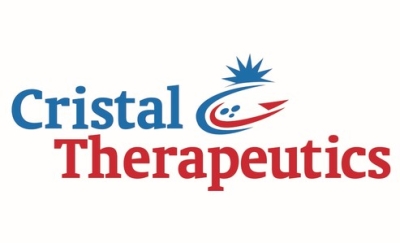Image-guided oncology therapy with CriPec© nanomedicines
It is difficult to treat cancer, each patient is different, and each cancer can respond differently to a chosen drug. Currently, a patient can be given several iterative treatments before the best option is discovered. This impairs outcome, can be very uncomfortable for the patient, and greatly increases the cost of healthcare.
Cancer is one of the leading causes of death and morbidity worldwide, with approximately 14 million new cases reported in 2012 (WHO 2017). This number is expected to increase to due expanded life span, and increased exposure to oncogenic environmental factors. Chemotherapy is a very invasive, non-targeted treatment strategy, and despite its success in treating certain cancers, its use is often limited by inherent toxicities to healthy tissues. Therefore VUmc wants to improve patient care by developing methods to immediately test whether a drug is right for a patient, turning treatment into personalised medicine.
To achieve this, VUmc works together with Cristal Therapeutics, a company that develops nanomedicines which targets anti-cancer drugs such as chemotherapy more selectively to the tumour. If the nanomedicine preferentially targets the tumour, the therapeutic effect is expected to be stronger while greatly reducing negative side-effects.
To test whether a nanomedicine is the right choice, VUmc will label the nanoparticles with a radio-isotope (89Zr) which can be visualised using a PET/CT scanner. Imaging with PET/CT can then show if the nanomedicine specifically targets the tumour and potentially predicts response to treatment with the nanomedicine. If this is the case, the doctor can select a more appropriate treatment for patients who will not benefit, without wasting any valuable time and exposing the patient to toxic compounds without the benefits.


